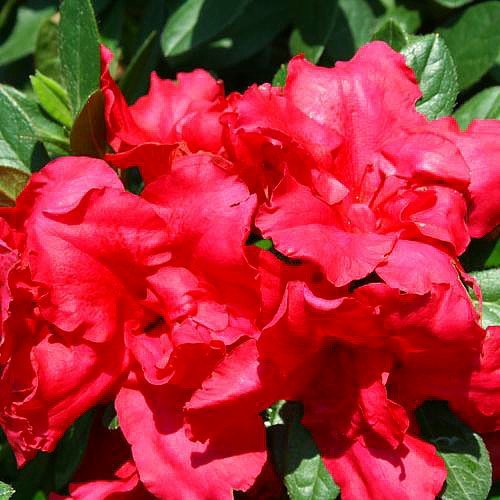Azaleas
Azaleas in full bloom are a traditional indicator that spring has sprung in the South. To keep them at their best, here's a few maintenance tips:
When azaleas complete their blooming season, it will be time to fertilize, prune and mulch.
Fertilize with a balanced fertilizer such as 10-10-10 or one especially formulated for acid-loving plants. Follow label directions carefully as azalea roots are located very close to the soil surface. Over fertilization can cause damage and plant death.
Pruning
Overgrown limbs should be pruned out to restore the plant's natural shape. Delaying pruning until later in the season can destroy the next year's flower buds.
Insect Pests
Lace bugs are the primary insect pest on azaleas. They feed on the leaves with their piercing-sucking mouthparts. The upper sides of the damaged leaves show a whitish speckling caused by the insects feeding on the undersides of the leaves. Garden stores carry the necessary insecticides to control lace bugs.
Iron Deficiency
Another problem occasionally seen on azaleas is iron deficiency. Sometimes iron deficiency is confused with lace bug damage. Iron deficiency gives the leaves a pale yellow appearance rather than the white speckling caused by lace bugs. Again, garden stores stock iron supplements that can be sprayed on the plants or applied to the soil to correct the problem.
Cultivation
To manage moisture, azalea plants need a good soaking of water once a week. A 3- to 4- inch layer of mulch in flowerbeds will conserve moisture and reduce weed competition.



